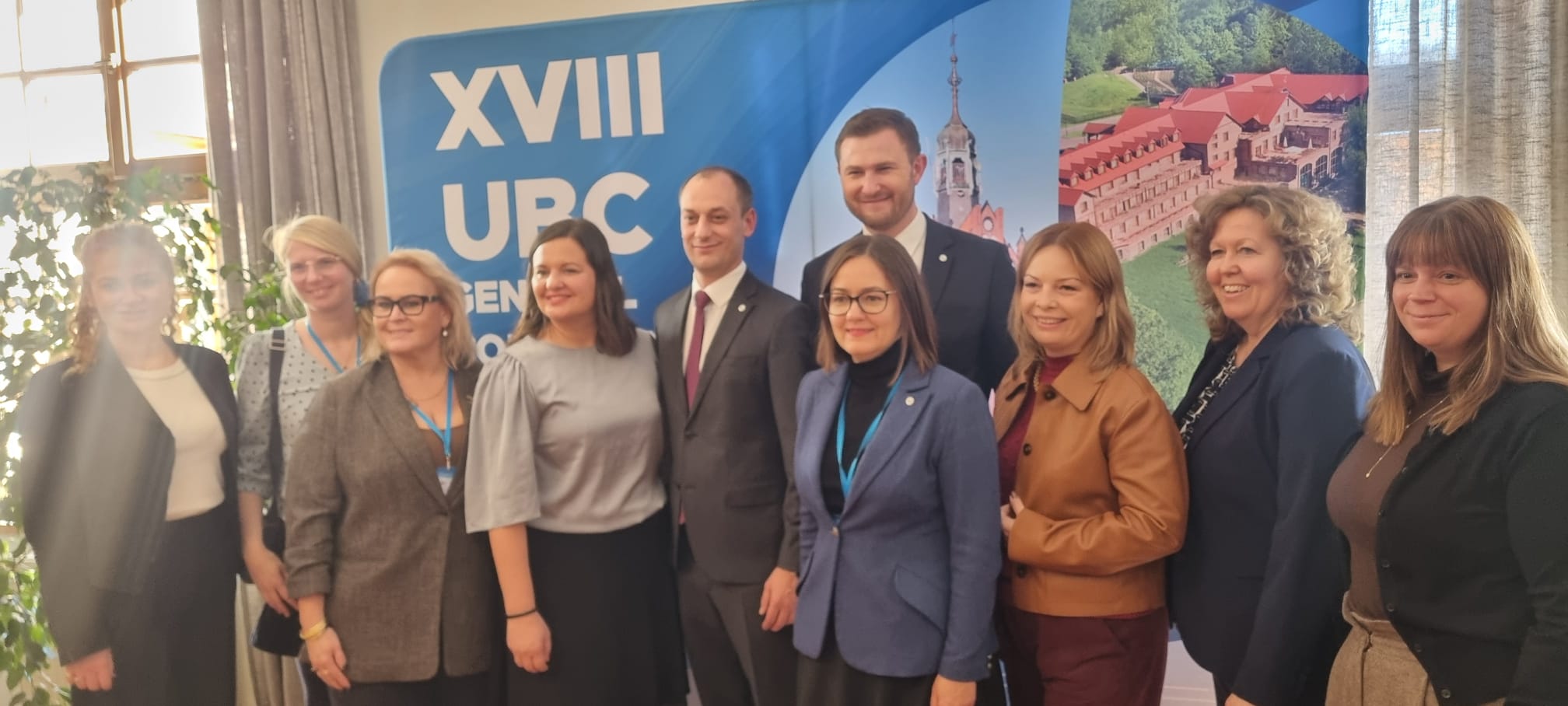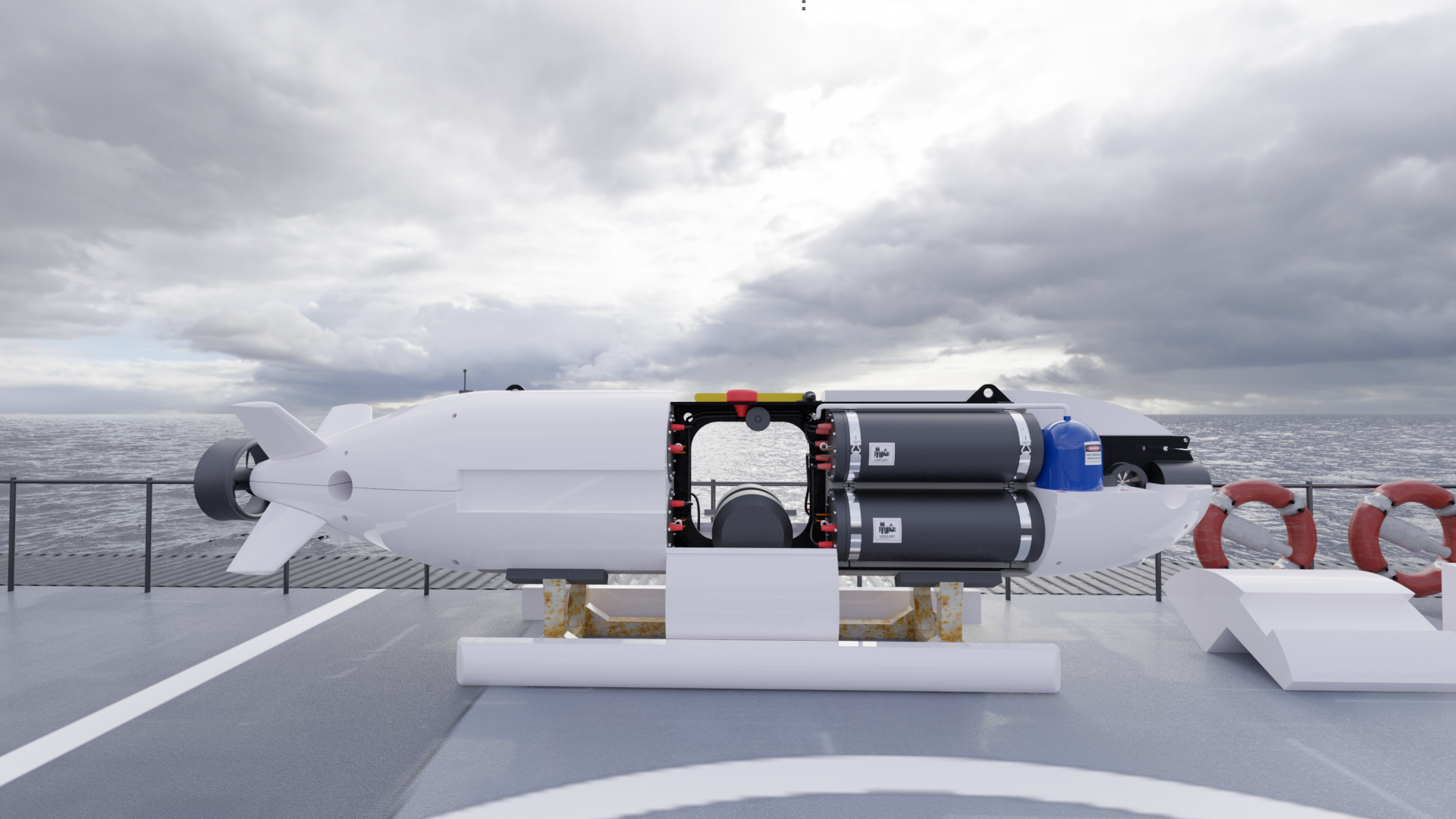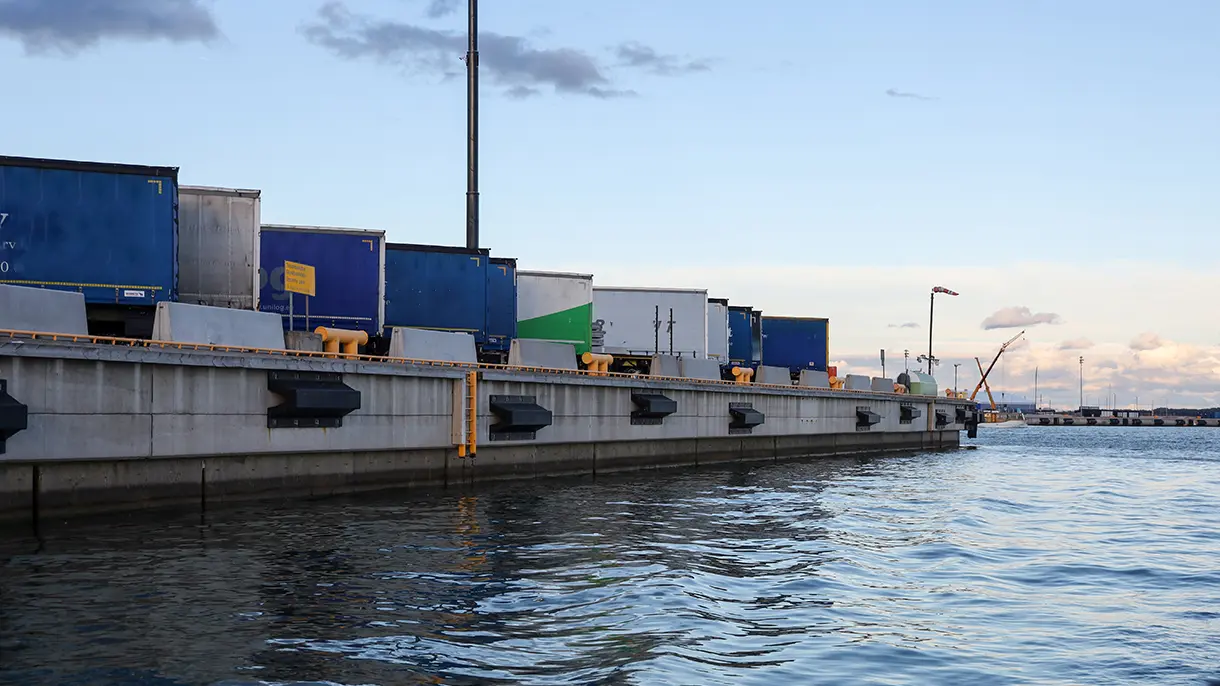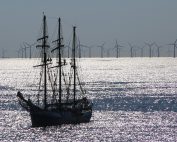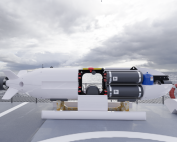According to a recent study by Finnish state-owned company Metsähallitus, Korsnäs offshore wind farm will bring billions in tax benefits to Finland and provide employment for thousands of people over its lifetime.
Finland wants to be the world’s first fossil fuel independent welfare society by 2035. Metsähallitus, as stewards of the state’s land and marine areas, has a key role to play in achieving this goal. Investing in offshore wind energy will not only accelerate the energy transition in Finland, but will provide many local and national benefits, including financial ones.
– An offshore wind farm would significantly increase Finland’s green energy production by the end of this decade, Metsähallitus CEO Juha S. Niemelä said at the inauguration of the Korsnäs office on Monday, 14 March 2022.
The new Metsähallitus office will serve as an information point for the industrial-scale offshore wind farm projects that Metsähallitus is planning in an offshore area near Korsnäs, 15-30 km from the coast. Once completed, the offshore wind turbines will produce about 5,000 GWh of energy per year, which is equivalent to about half of Finland’s wind energy production in 2021, which was 8061 GWh
Metsähallitus is currently looking for a partner to build 70-100 wind turbines and operate it as a power producer. The nominal capacity of the entire wind park will be about 1,300 MW, while the unit capacity of a wind turbine will be 12-20 MW. The selected partner will develop and construct the offshore wind farm. Metsähallitus is currently the developer of the project in Korsnäs and will later become the tenant of the offshore area around the wind farm. In the project, Finland will retain ownership of the area.
According to Metsähallitus, the Korsnäs project will continue in 2022 with extensive natural research. Fish population surveys will continue in April and May. In May, bird migration routes and stationing locations will be mapped. An inventory of their resting places on land and in the sea will also be conducted. During the summer, vegetation and habitat surveys will be conducted at sea and on land. Monitoring of fall bird migrations is planned to resume in the fall of 2022.
Commercial energy production of the wind farm is not expected to begin until 2028 at the earliest.
Korsnäs wind farm will influence regional development
Juha S. Niemelä indicates that the Korsnäs project will have a significant economic impact at the regional and national level throughout its implementation period.
– The new demand will include purchases during the operation of the wind farm, as well as consumption by those working in the project value chain. According to the studies we commissioned, the large-scale wind project and its indirect effects will increase investment over the project’s life cycle to about €2.7 billion, with the investment split between the wind power project itself and multiplier effects in other industries, the director explained.
Taking all value chains into account, the total labor demand created by the project in Finland would be significant, he point out. Labor demand is greatest during the construction period, but the project also creates jobs during the production period, which spans three decades. Local municipalities and the state would raise more than 3 billion in taxes as a result of the project and its multiplier effects. Offshore wind farms built in territorial waters generate revenue for municipal and national budgets from property taxes and other fees.



